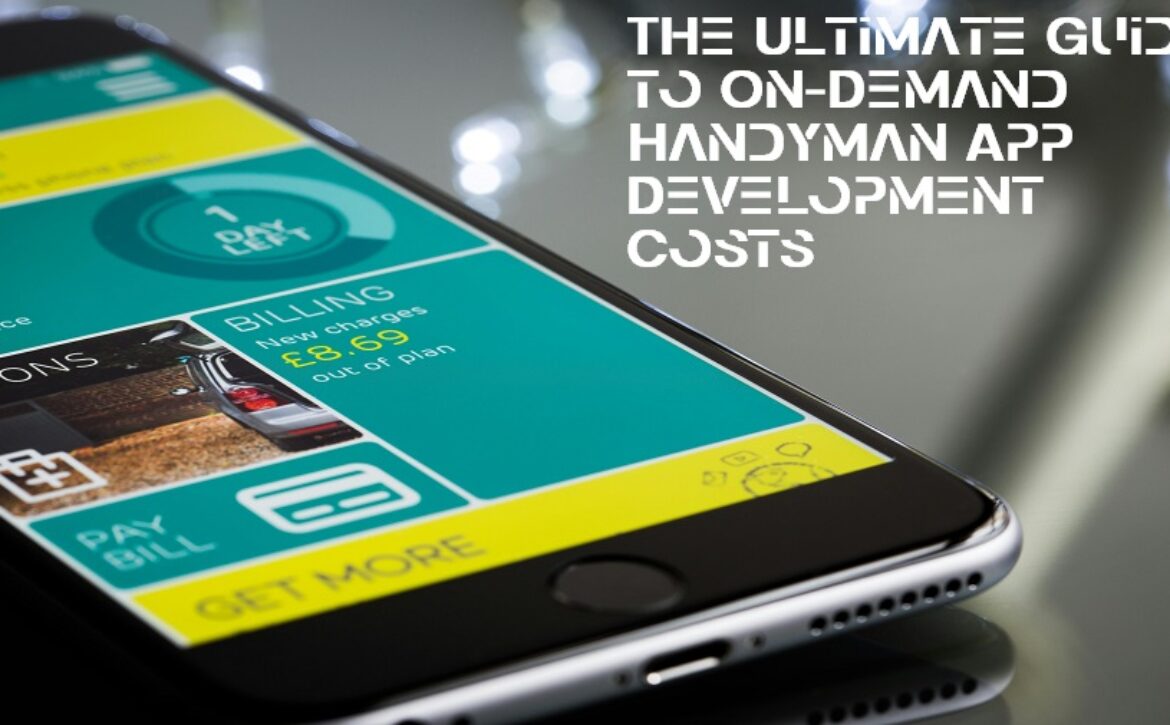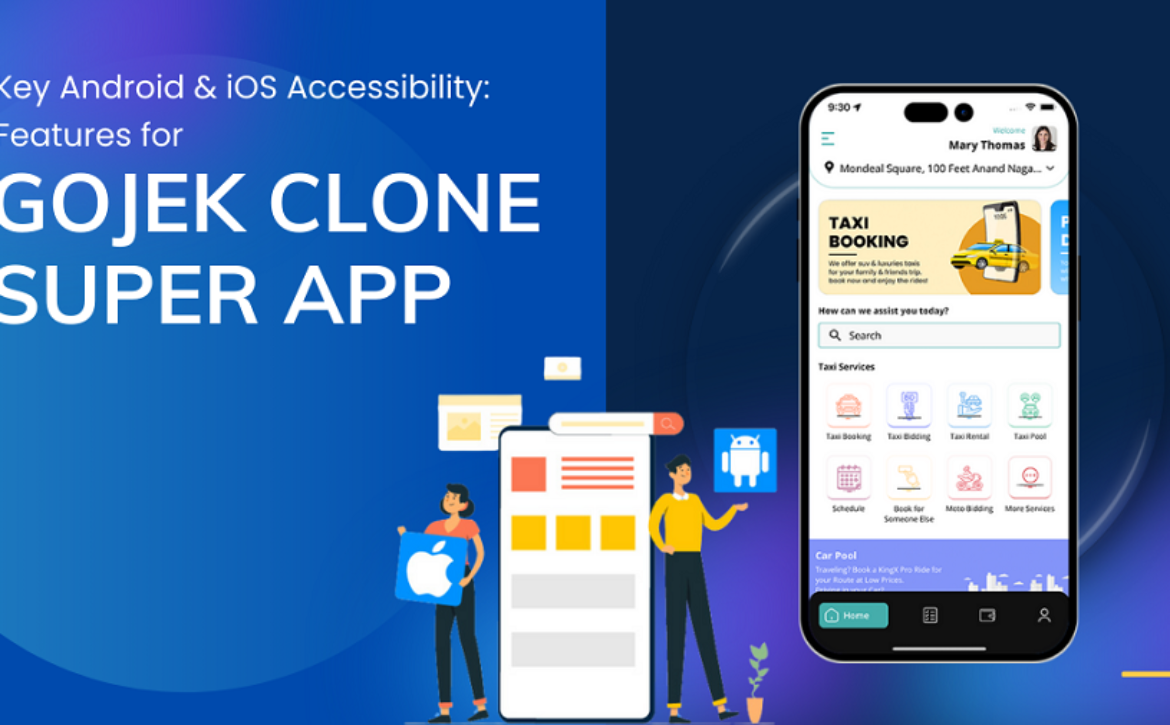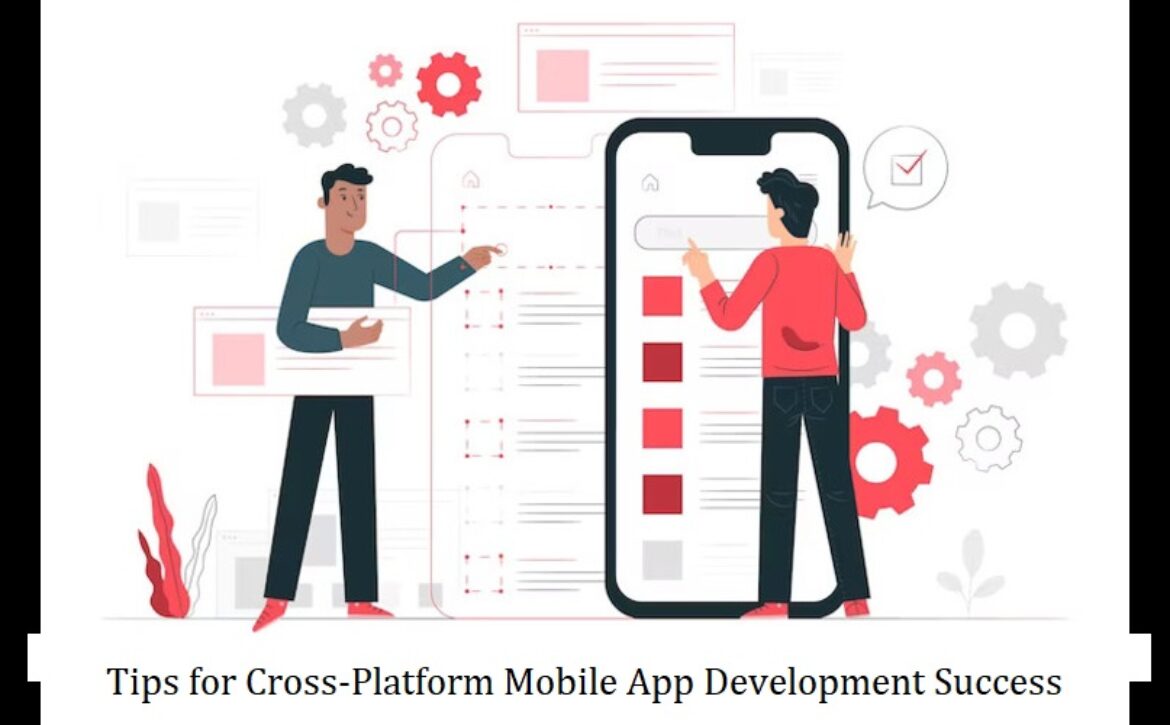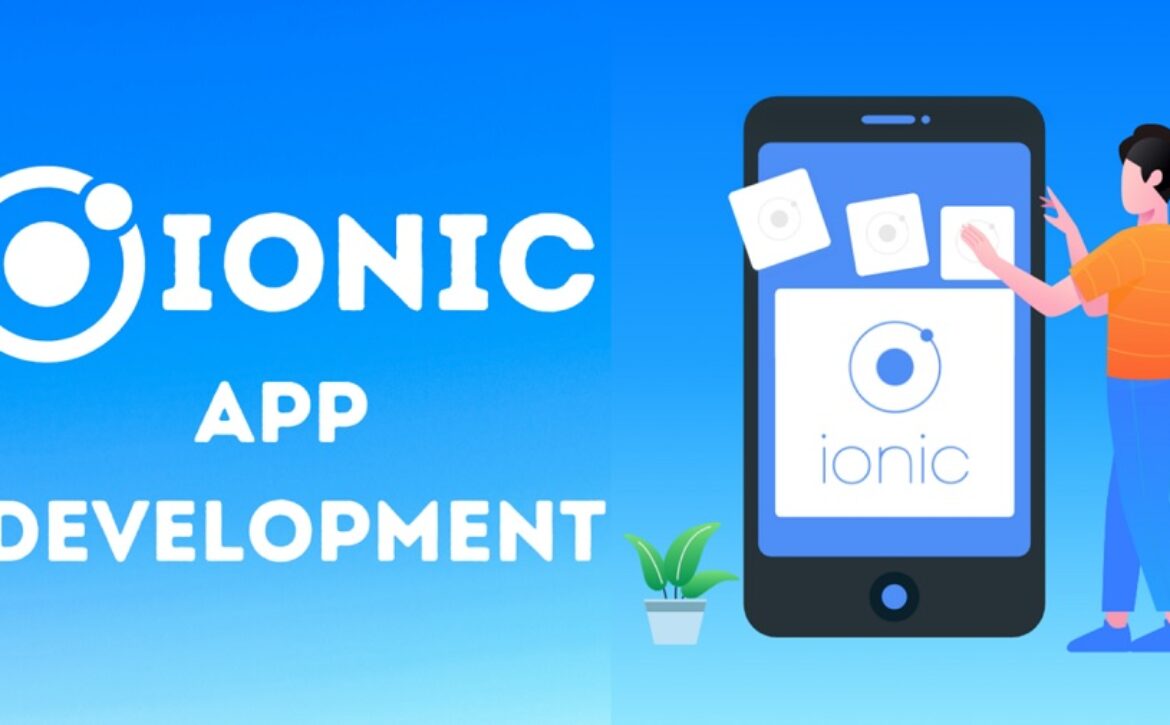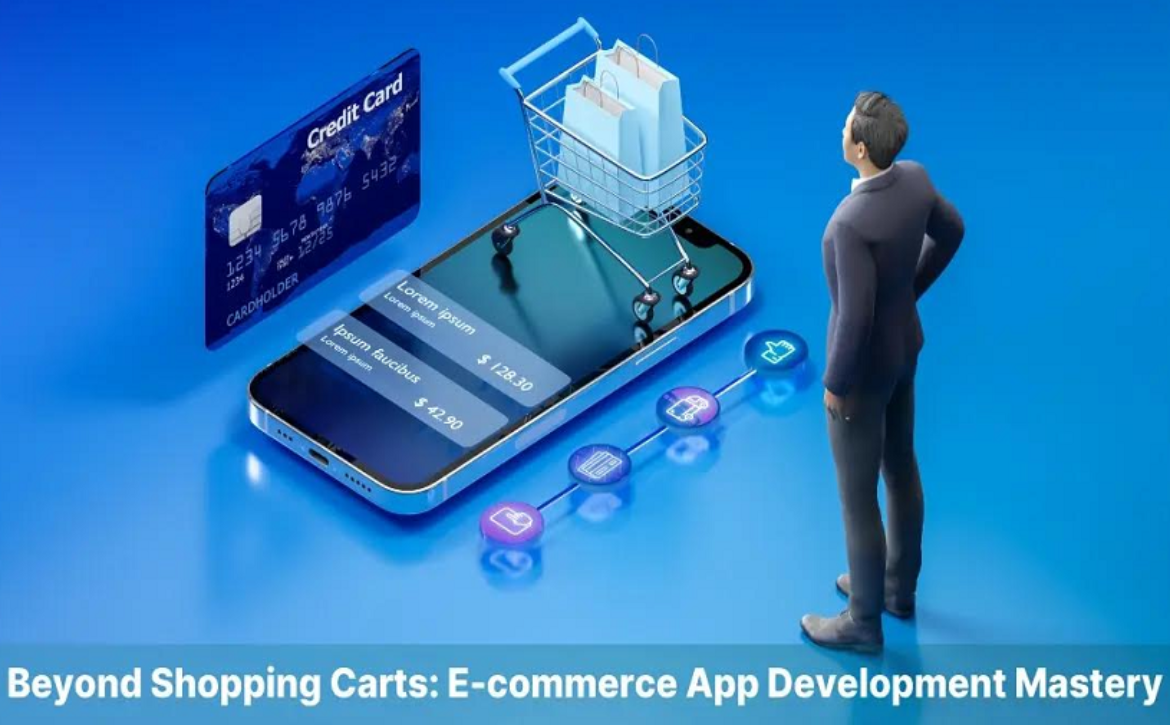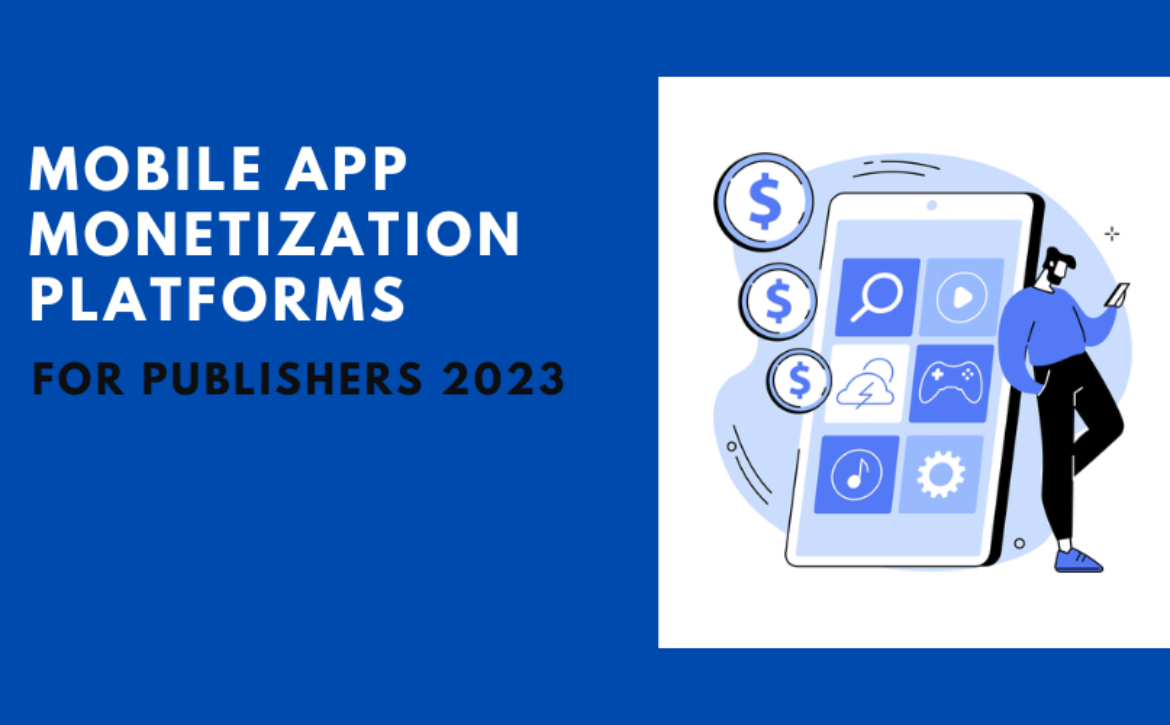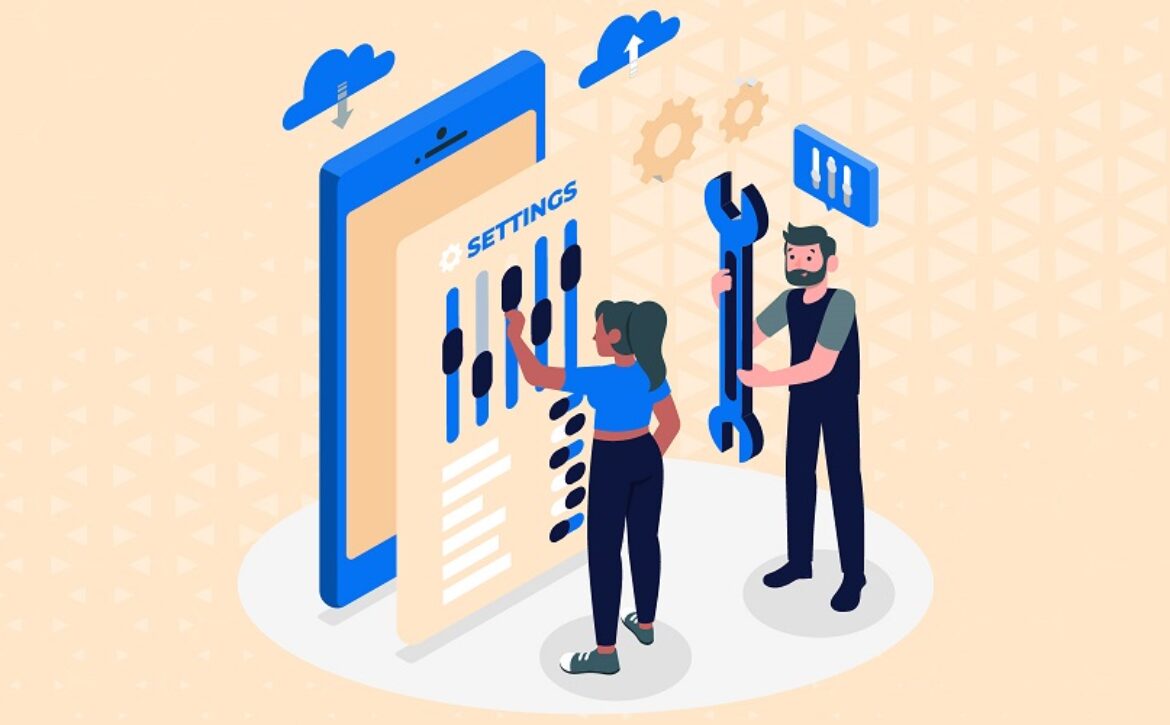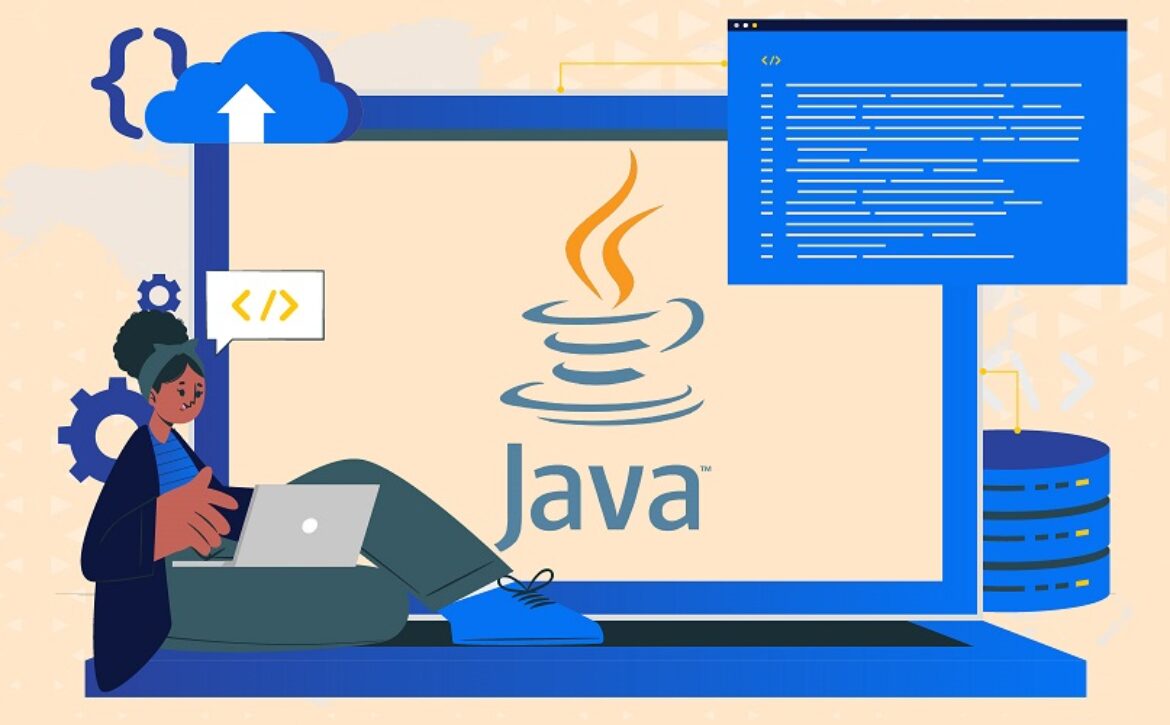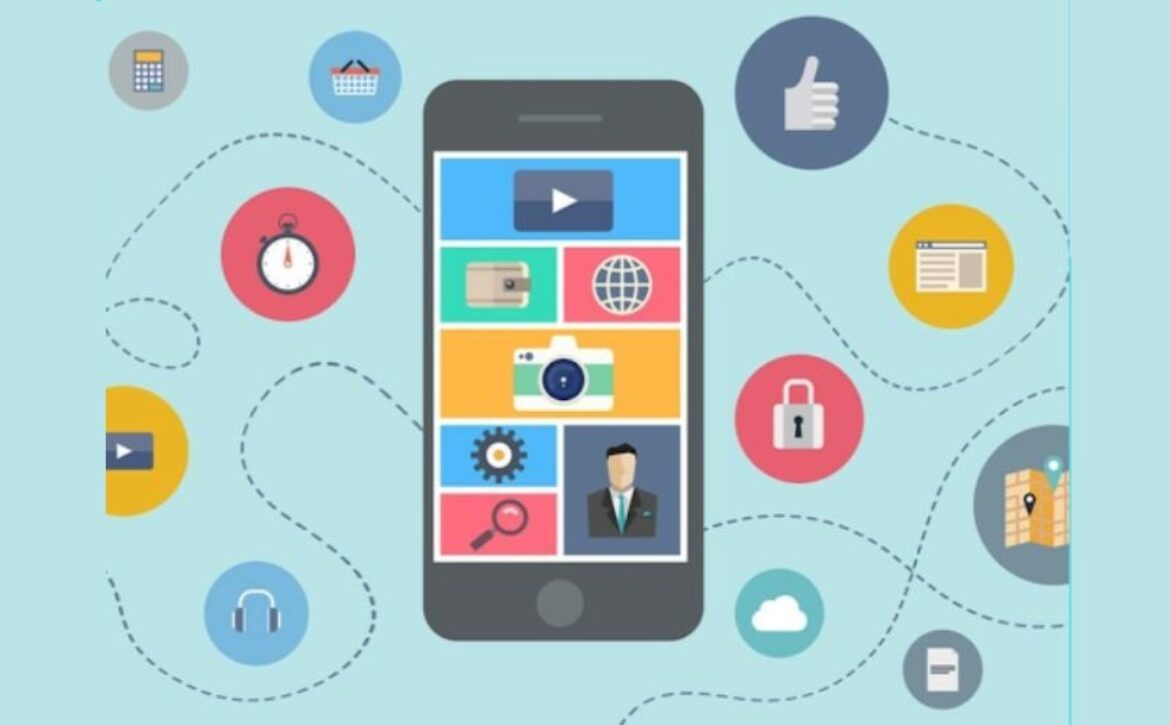The Ultimate Guide to On-Demand Handyman App Development Costs
Introduction
There are several tasks which everyone requires assistance with at some point in their lives, such as fixing plumbing issues, rearranging furniture, cleaning the house comprehensively, or repairing appliances among others. This is because in the midst of an emergency they do not need to look for a trustworthy service; all they need to do is download the handyman app, book their expert, and get the job done. The process of finding the On-demand handyman app development company, making the payment, and sharing feedback is very simple and efficient on the app. This makes the apps easily accessible and usable hence they attract users and engage them easily. If you are a businessman dealing in home services and wish to expand your horizon then the best way is to create a handyman app.
What are On-demand Handyman Services App Development
——————————
On-demand handyman services app development involves creating a mobile application that connects users with professional handymen for various home maintenance and repair tasks. These applications enable consumers to search for experts in a particular field of work and employ them to provide services such as plumbing, electrical, construction, cleaning, and other services.
Statistics on On-Demand Handyman Apps
——————————
People cannot imagine their lives without smartphones and many other gadgets. Currently, 96 million apps are available in the App Store and 2. 87 million on the Play Store. More and more companies are starting to understand the significance of having a mobile application. A smartphone user interacts with about 10 different applications in a day and up to 30 applications in a month.
A rapidly growing market offers on-demand handyman services for various home and commercial needs. It is expected to grow from USD 339 to USD 0 million in 2022 and USD 1. 65 billion in 2032.
Types of On-Demand Handyman Services Apps
——————————
On-demand handyman services apps can be categorized based on the range of services they offer:
1. Single Service Aggregator Mobile App
These apps focus on a specific service, such as car repair, beauty services, or house cleaning. Since they cater to just one type of service, managing the app is straightforward, as it connects users with professionals specializing in that field.
2. Multiple Service Aggregator Mobile App
These apps offer various services, including plumbing, carpentry, repairs, construction, furniture moving, and more. Managing these apps is more complex because they must coordinate with professionals from various trades and skill sets to provide a comprehensive service offering under one platform.
Factors Responsible for the Cost of Handyman App Development
——————————
In order to establish an effective handyman app, there are several factors that potentially can affect the cost. The general decision on or a specific option between developing an app in-house or outsourcing it to a development team depends on the following factors: Saudi Arabia App development model, level of features and complexity of the application, required technology stack and location of the development team. Here are the significant factors affecting the cost:
1. App Complexity and Features
Basic Features: In this context of simplifying features, general user registration, profile settings, job offers listing, search functions, and core payment facilities are more affordable to implement.
Advanced Features: Non-basic options like real-time geographical tracking, in-app communication systems, enhanced payment solutions, review and rating options, and in-depth analysis costs much more.
Customization: Since we are solely concentrating on an app rife with distinctive features, the expense of app development increases block by block.
2. Platform Choice
Single Platform (iOS or Android): The game developers find it cheaper to create one platform rather than create different platforms for two different consoles.
Cross-Platform Development: Frameworks such as, React Native or Flutter can help minimize costs than when you are developing two different apps for iOS and Android.
3. Design and User Experience
Basic Design: It is true that, complex and decorative style are always expensive, merely style design products are cheaper.
Custom Design: These aspects further take time and the expertise of other designers, thus raising the costs of uniquely, original, and easily navigable sites with powerful and exclusive icon and mouse-over animations and interactions.
4. Backend Development
Simple Backend: Providers of a simple backend with basic functions necessary for the application’s functioning – user logins and storage of data – are cheaper.
Complex Backend: complicating such things as the calls to the backend with the real-time updates, the necessary and complex database structures and the connections to third-party services, and the increased security will cost more.
5. Third-Party Integrations
APIs and Services: If there is a need to incorporate the third-party services like a payment system, map, or social network profiles, it may add to the development cost, based on the functionality required.
6. Development Team Location
Local Developers: Relocation of developers is another factor which is more expensive in regions with comparatively high living standards such as North Americas and Western Europe.
Offshore Developers: The reasons to consider are the differences in living costs: teams can be cheaper if they are located in Eastern Europe or South Asia.
7. Development Team Size and Expertise
Freelancers: While these forms of hosting may be relatively affordable, they include risks with respect to their reliability as well as scalability.
Small Development Team: Usually used by a team of a few developers that can fine-tune in balance between time and quality.
Large Development Team: Large teams with high experience levels are capable of managing complex tasks which take longer time than smaller projects, but the costs of doing so are generally higher.
8. Project Management and Maintenance
Initial Development: Such costs may include planning, designing, coding, and implementing, as well as testing processes of the software.
Ongoing Maintenance: The other expenses that are direct include costs associated with post-launch support, updates, bug fixes, and new feature additions.
9. Regulatory Compliance
Essential Compliance: Adhering to standard regulations and guideline in development of the ideal app.
Advanced Compliance: Should the target market involve special regulation the company might have to follow the restrictions such as GDPR (General Data Protection Regulation) or ADA (Americans with Disabilities Act) which can lead to the increased costs.
10. Marketing and Launch
Soft Launch: A pilot implementation confined to a few districts can also be cheaper in the first phase the feedback received can be used to rectify any errors made.
Full-Scale Launch: The costs will rise to $393 000 for advertising, PR, and employing comprehensive user acquisition campaigns.
Ways to reduce cost to develop a handyman on-demand app
——————————
Cross-Platform Development
One has witnessed the use of cross-platform development frameworks and tools such as React Native or Flutter. This cuts down the overall development time and effort required since it offers a full, unified code to develop either of the applications, however, technology exists to compile the code to run the application on either iOS and Android.
Freemium Model
Develop a basic app that is free to the public, but with a system where customers can pay for special services. In this way, it can minimize the initial investment required for the development of an app, start earning money, and accumulate a larger number of clients. A good way to counter this would be to engage in monetizing this by providing a paid version of the app that would have additional features.
Agile Development
Using Agile Development to Reduce Cost. It is based on flexibility and joint efforts and separates a project into numbers of tasks. All of these lead to shippable product increments, enabling you to continuously check out and refine features, thereby reducing the number of minutes you need to code and the amount of capital to expend.
Open Source Technologies
Don’t go ahead and employ some of these below-listed other open source library that is free for you to use, modify, and distribute. Friends, such objectives form a great pattern of open-source technologies that can disclose much about development costs. Otherwise, to interact with various complex components of an interface, it is possible to utilize open-source libraries that help to manage such things as user authentication, database access, and so on, which will help to finish the development of an application even quicker.
Choose the Right Platform
They are clearly identified by selecting an open app Market that contains your targeted users and developing your apps. Develop for one and see how your application looks once you portal it before going for the second. Advertising for one is costly, and it is even more so when you have to create buildings for multiple because you must then demonstrate that the nature of your app and your target demographic is excellent for the platform. There are many platforms that are relatively cheap as well like react native or flutter and one single set of codes can be used to reach out to many groups of people.
Therefore, employing these announced techniques enables you to achieve the objective and at the same time ensure that the cost of developing an on-demand handyman app is as low as possible.
Conclusion
Thus, it is highly advisable to create a robust on-demand Handyman app that would enable to successfully target your best audience and deliver significantly more value which, in turn, will contribute to the brand’s formation of a superb name. It is through a deep analysis of the given market that one may be in a position to gather handy information about the market trends and the specifics of the handyman service industry. A business structure helps with planning on what the business requires, who the business is targeting to capture within the marked market and the time line of the business growth. Therefore, when extending the basic concept of the proposed system, it is necessary to link all the features together while clearly indicating the goal of each of the created tools.

